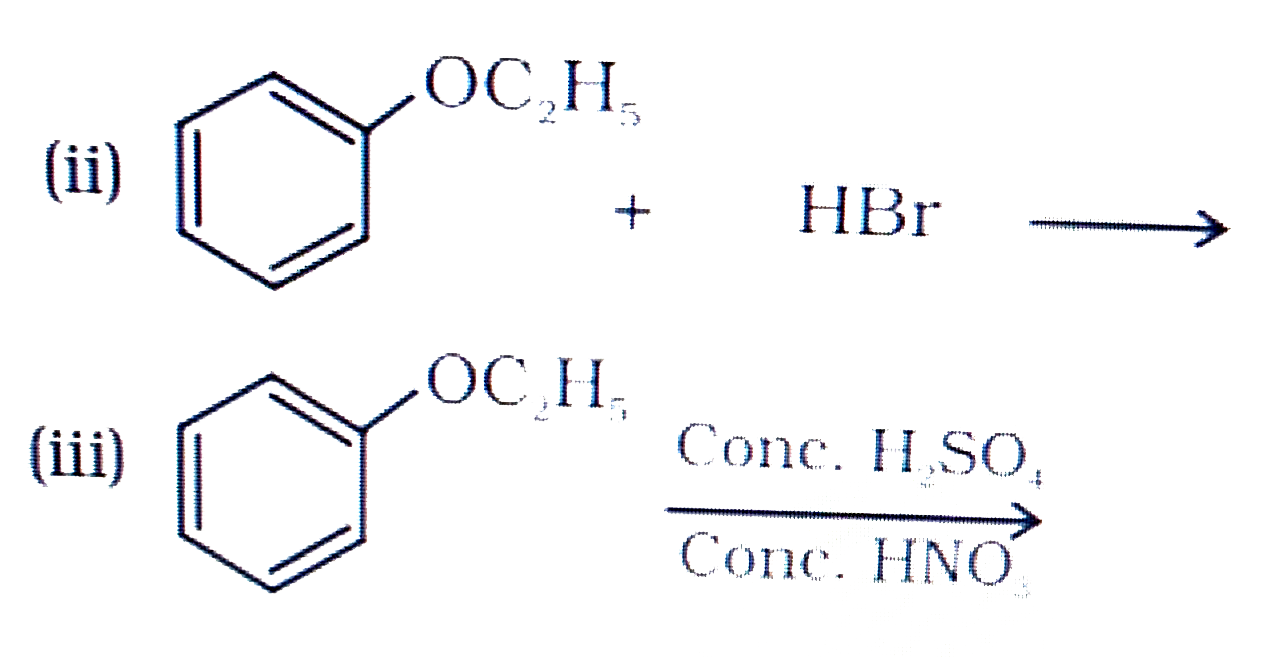Following reaction:
(CH3)3C−Br+H2O→(CH3)3C−OH+HBr is an example of -
A
elimination reaction
B
free radical substitution
C
nucleophilic substitution
D
electrophilic substitution
Video Solution
Text Solution
The correct Answer is:C
(CH3)CBr+H2O→(CH3)3C−OHBr
Br is substitude by −OH− (nucleophile)
SN1 (unimolecular substituation reaction)
|
Updated on:21/07/2023
Topper's Solved these Questions
Similar Questions
Knowledge Check
- Question 1 - Select One
The reaction, (CH3)3C−IH2O−−→(CH3)3C−OH is
Aelimination reactionBsubstitution reactionCfree radical reactionDaddition reaction. - Question 2 - Select One
The reaction
(CH3)3CbrH2O−−→(CH3)3C−OH isAelimination reactionBsubstitution reactionCfree radical reactionDdisplacement reaction - Question 3 - Select One
The chemical reaction,(CH3)3CBr+H2O→(CH3)3COH+HBr is an example of
Aelimination reactionBelectrophilic substitutionCnucleophilic substitutionDfree-radical substitution
(A)Write the mechanism of the following raction :
CH3CH2OHHBr−−→CH3CH2Br+H2O
(b) Write the equation involved in Reimer-Tiemann reaction.View SolutionComplete the reaction :
CH3−CH2−CH2−O−CH3−HBr→?View SolutionThe reaction, (CH3)3C−Br→(CH3)3C++Br− is an example of
View SolutionThe reaction CH3COOC2H5+NaOH→CH3COONa+C2H5OH is known as
View SolutionCondiser the reactions,
(i) (CH3)2CH−CH2BrC2H5OH−−−−→(CH3)2CH−CH2OC2H5+HBr
(ii) (CH3)2CH−CH2BrC2H5O−−−−−−→(CH3)2CH−CH2OC2H5+Br−
The mechanism of reactions (i) and (ii) are respectively :View Solution



